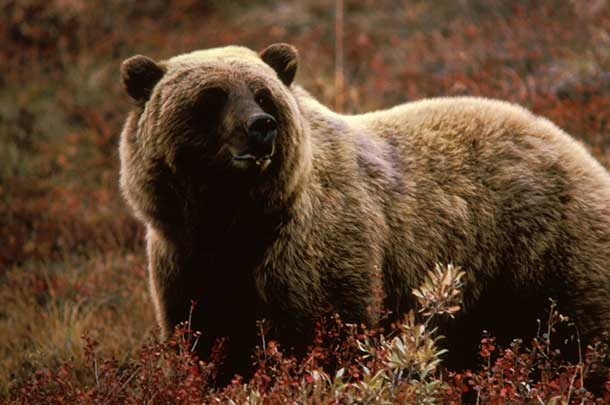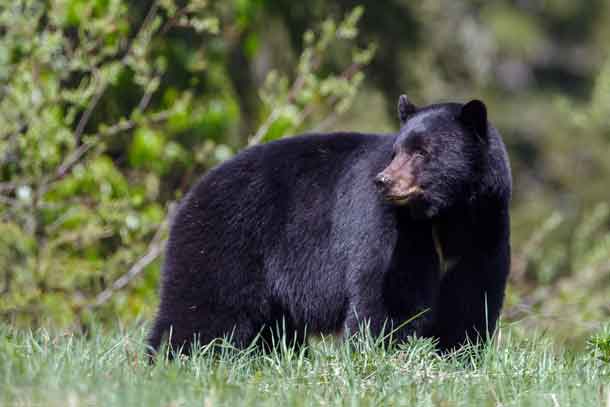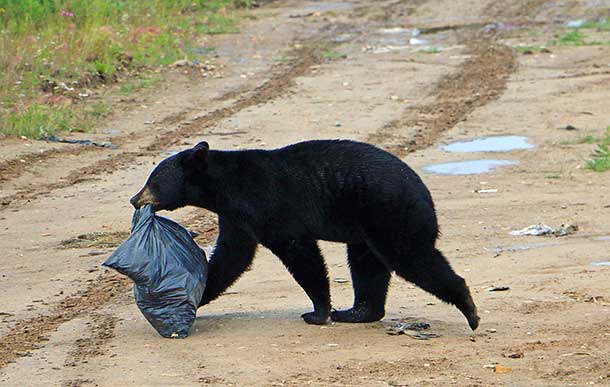
THUNDER BAY – The Norwegian University of Life Sciences (NMBU) reports “We live in the Anthropocene – where human impact extends to all corners of the globe. New research from NMBU shows that this also applies to the relationship between mothers and cubs of the Scandinavian brown bear. Human hunting has changed the characteristics of mother bear’s care and how often she has cubs.
Stays with mother bear longer
“Generally, the cubs have followed their mother for a year and a half,” says Professor Jon Swenson from the Norwegian University of Life Sciences (NMBU). “Only rarely have we observed them to follow her for two and a half years.”
This has now changed. Today, more cubs stay with their mothers an additional year, as opposed to 15-20 years ago.
“Man is now an evolutionary force in the lives of the bears,” Swenson says.
Bear monitoring
The Scandinavian brown bear is one of the world’s most monitored animal populations. Norwegian and Swedish researchers have followed them closely since 1984.
“The Scandinavian brown bear project is one of the world’s two longest research projects on bears,” Swenson says, who has been attached to the project almost since its very beginning.
“We have followed over five hundred bears, many from birth to death.”
The number of shot bears in Sweden has increased steadily during this time. In the period 2010-2014, Swedish hunters shot about 300 bears each year.
Game-changer
In the vast majority of countries that allow bear hunting, there is a ban on hunting family groups.
“A single female in Sweden is four times more likely to be shot as one with a cub,” Swenson says. LAs long as a female has cubs, she is safe. This hunting pressure has resulted in a change in the proportion of females that keep their cubs for 1.5 years in relation to those that keep them for 2.5 years. In the period from 2005 to 2015, the number of females keeping their cubs for an additional year has increased from 7% to 36%. The individuals themselves do not alter their strategies. They portray either one behavior or the other, and this trait seems fixed.”
“This basically means that we are shooting more of those females that only keep their cubs for a year.”
One compensates for the other
The new female strategy involves both advantages and disadvantages. Females who keep the cubs longer live safer lives, but on the other hand, they reproduce less often. This reduces their total number of offspring throughout their lives.
“In an evolutionary perspective, this would not be beneficial,” Swenson comments.
“The animals with the most offspring ‘win’ nature’s race.”
However, the researchers’ results show that the increased life of the females largely counteracts the reduced birth rate.
“This is especially true in areas of high hunting pressure. There the females that keep their cubs the extra year have the greatest advantage.”


